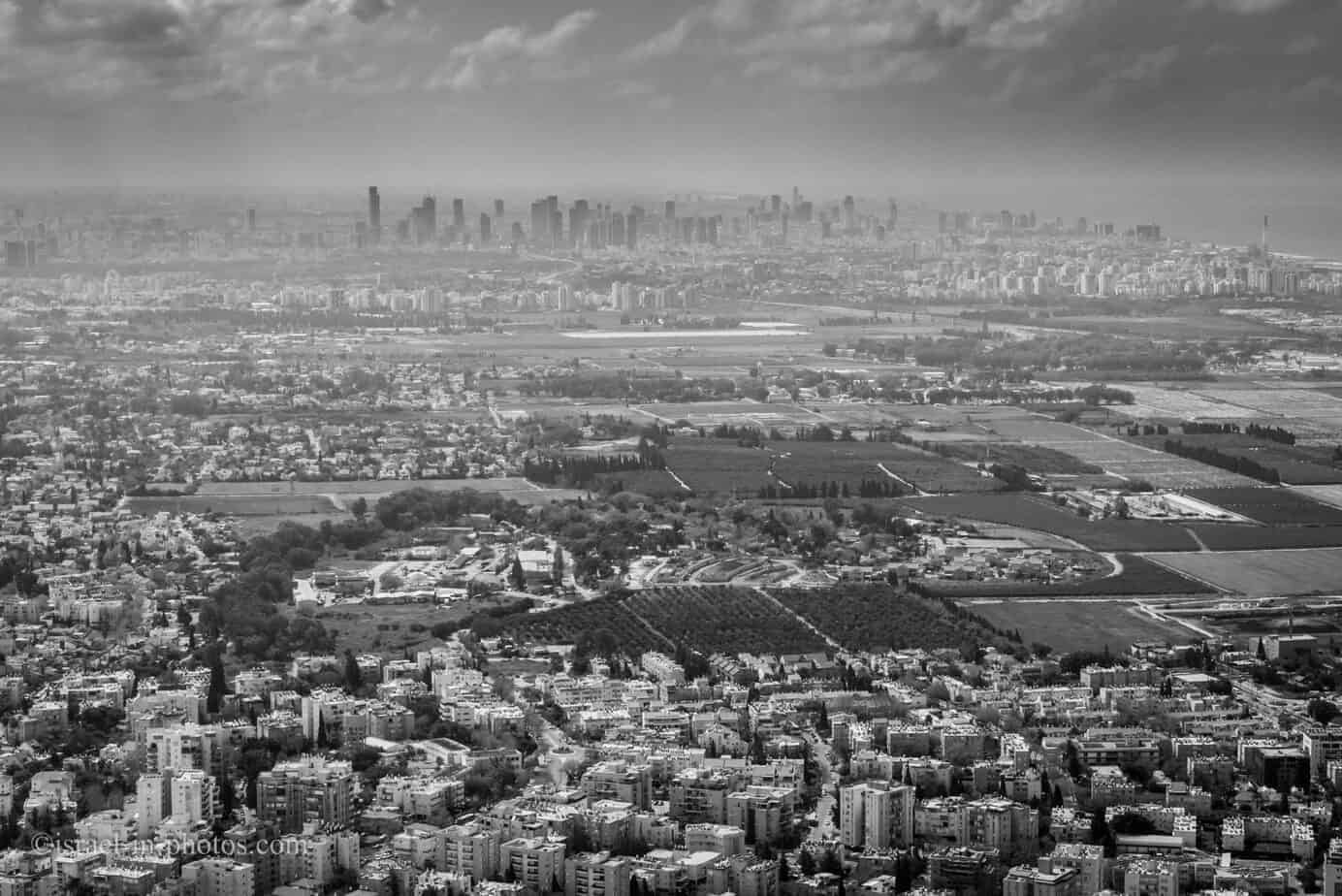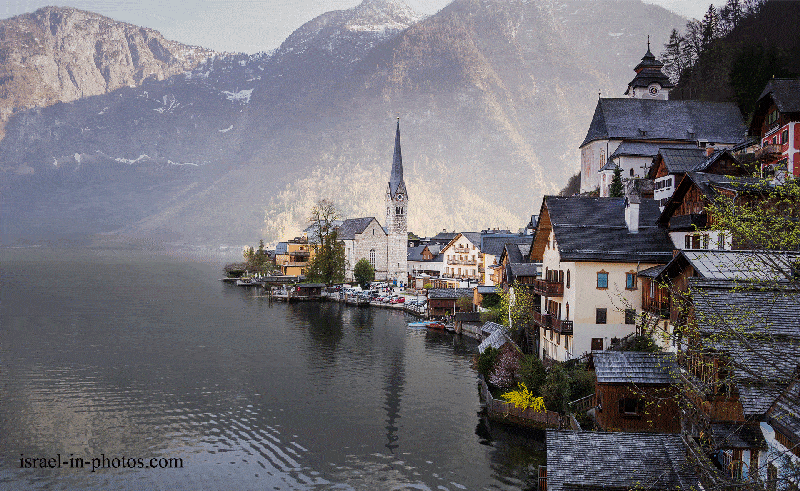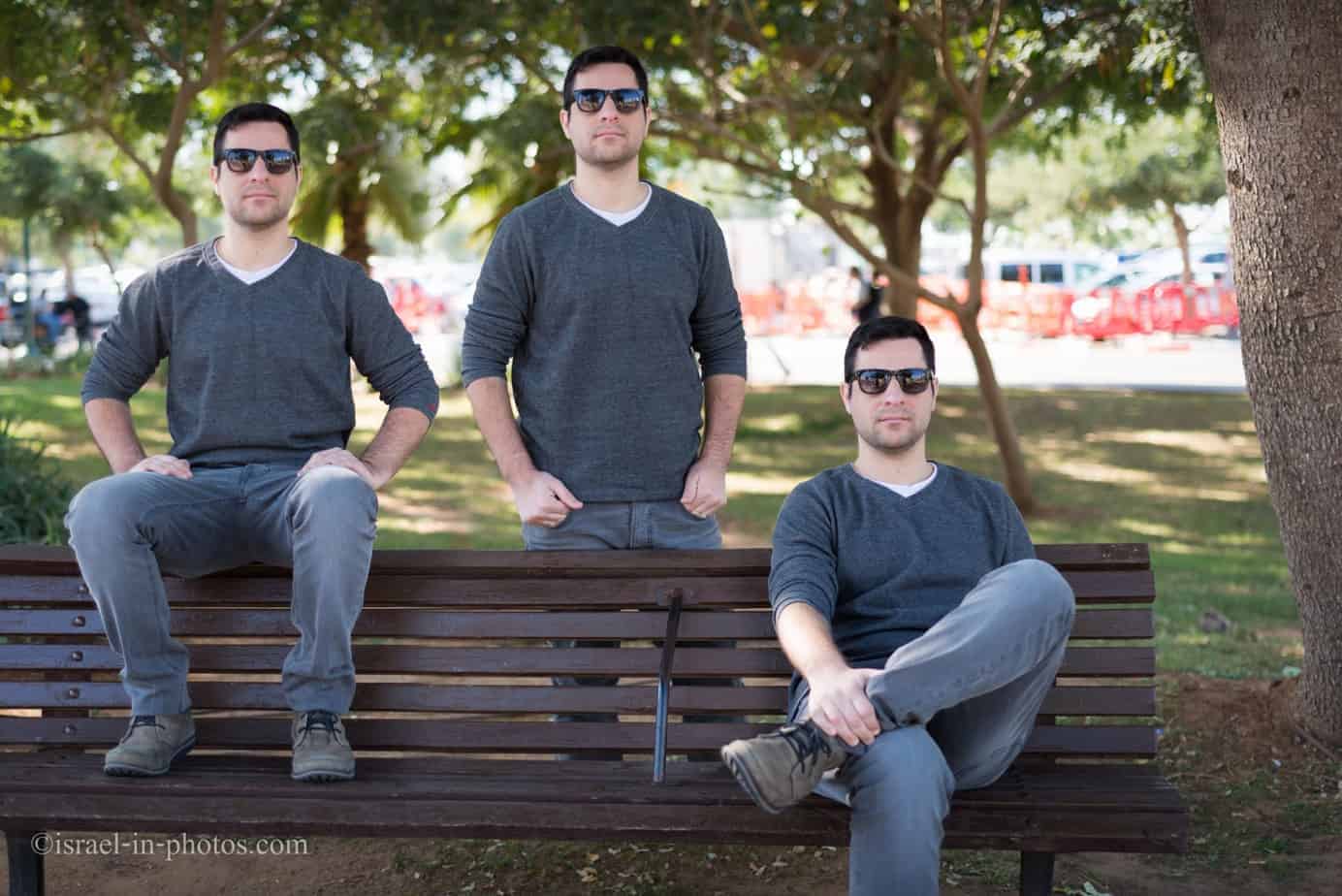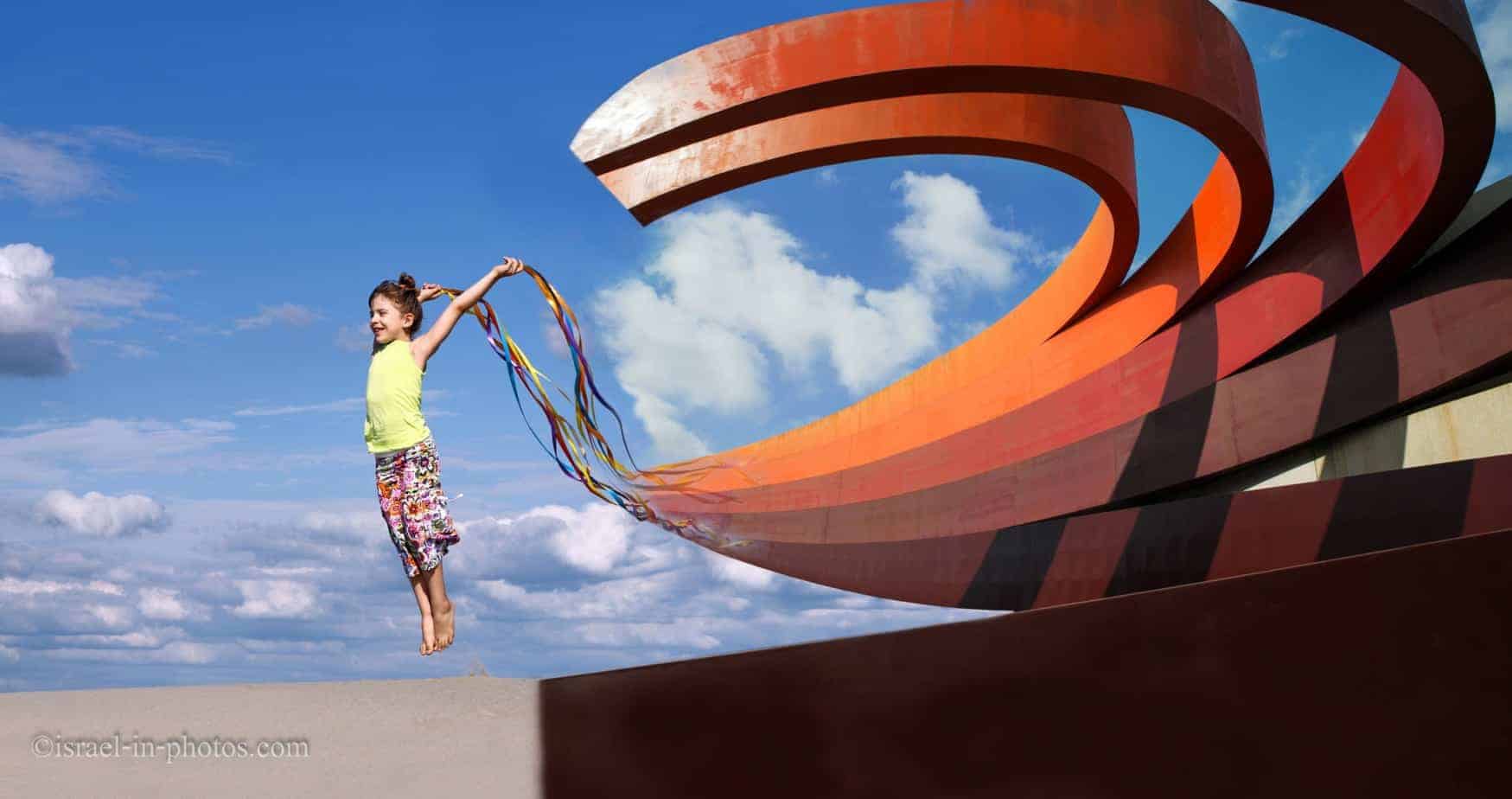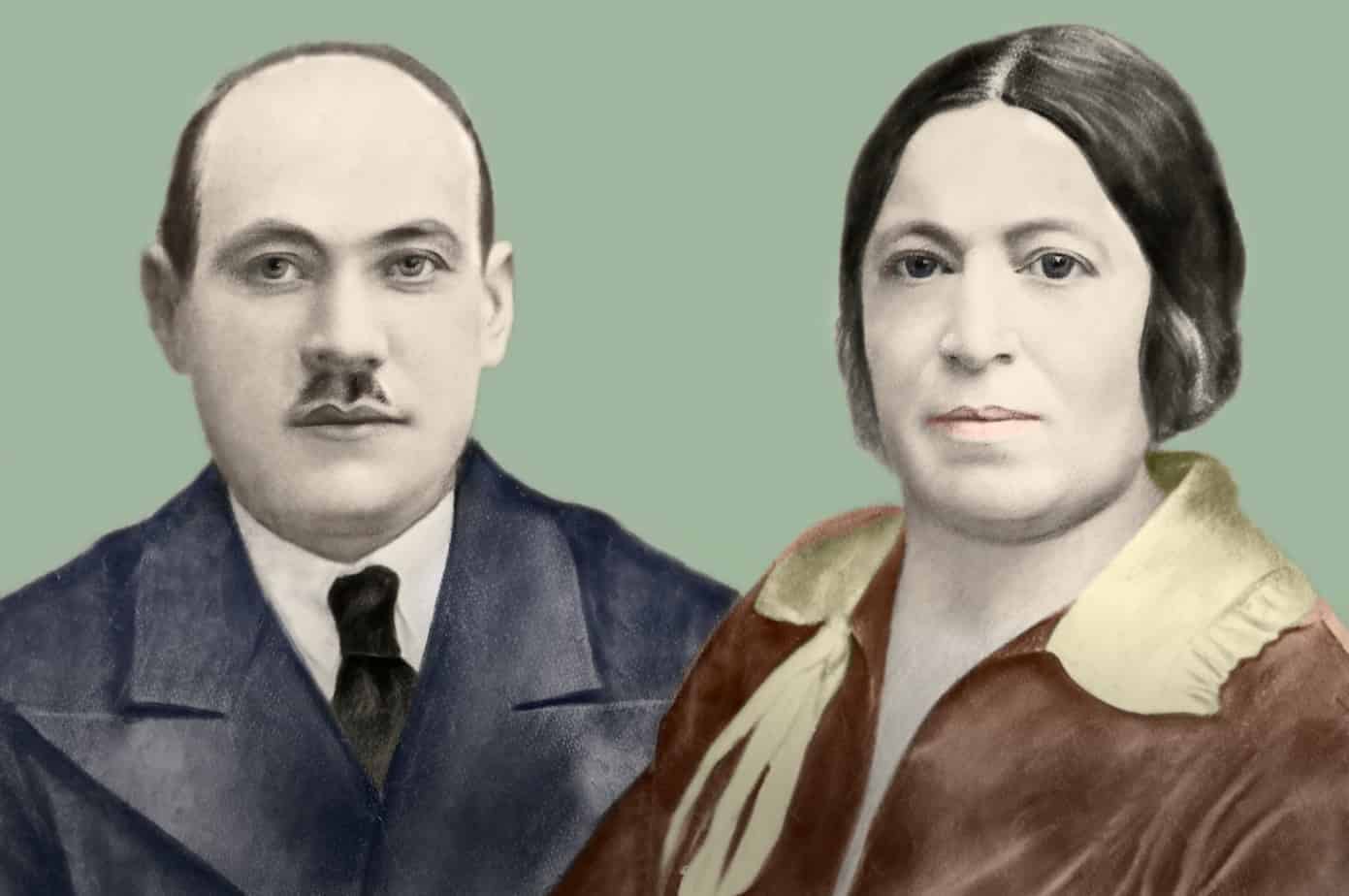My first Stop Motion and what I learned from it
In this post, you can find my tips and tricks for creating Stop Motion. You can also check out my first Stop Motion video.
What is Stop Motion?
Let’s start with the basics. What is Stop Motion? Stop Motion is an animation technique. It involves taking many photographs, and in between every two sequential photographs, you change a scene a little bit. For example, you take a photo of a toy, move it a little and take another photo. You repeat this process many times and, in the end, stitch the photographs together. When you play them quickly (for example, 30 frames per second), you will get a movie where the toy moves by itself.
First stop-motion films were made more than 100 years ago. And many older cartoons, especially clay cartoons, were made using stop motion.
Stop Motion is not the only technique that stitches photographs into movies. There is also time-lapse and hyperlapse. You can click on the links to see my posts with examples and explanations.
Creating a Stop Motion
Now let’s dive into the steps of preparing a Stop Motion:
- Planning: first of all you need to decide what you want to show. For a simple movie you can envision it (as I did), but for a more complex one, you need to make a plan (draw a scenario). At this stage, you should also decide on the playback speed. Most common speeds are 10, 25 and 30 frames per second. Thus, if you want to use 10 fps and you want 10-second video then you will need 100 frames.
For my video, I selected 10 fps because it has a more “Stop Motion” look and requires fewer photos.
Another important tip is to know where you will be using the final video. The aspect ratio of most videos (16:9) is different than of a camera (3:2). Thus keep in mind that parts of the photos might be cropped. - Technique and equipment: when creating a sequence of shots all of them should look the same in order to blend seamlessly. This means that the camera should be on manual and the aperture, shutter, ISO and in most cases focus will be preset and not changed during the whole sequence.
Also, keep in mind that making a sequence takes time, and sometimes a lot of time. Thus, if you rely on natural light, this can be problematic.
In my case, this is a very short sequence, 60 photos in 6 seconds. And it took me half an hour to take the 60 photos. Even though 30 minutes is not a long period, if it was a cloudy day or if I did it closer to sunset there would be shifts in the amount of light.
Usually, in a sequence you want to keep the camera steady thus you will need a sturdy tripod and a cable release. The body and the lens are less important. - “Cheats”: there are several cheats you can use when making Stop Motion and I used one of them.
In my sequence, the letters moved and in the end, they formed two words. It can be quite hard to plan x shots and in the end to reach a specific writing. It will be much simpler to start from the writing and then move the letters. And this is exactly what I did. Shooting in reverse order was much simpler. - Photographing and Processing: this part was straightforward. The only non-standard thing I did was to make the duration of first and the last frames a little longer. Since if I am writing something, I want the people to have enough time to read it.
And this is the final product:
Did you like the video? Have you tried creating Stop Motion? If you have any suggestions, questions, or want to share your experience, let us know in the comments below.
Stay Tuned!
Additional Resources
Here are several resources that I created to help travelers:- Trip Planner with Attractions and Itineraries is the page that will help you create your perfect travel route.
- What is the Best Time to visit Israel? To answer this question, we will consider the weather, prices, holidays, festivals, and more.
- Information and Tips for Tourists to Israel will answer the most common questions tourists have about Israel (including safety, passports, weather, currency, tipping, electricity, and much more).
- Israel National Parks and Nature Reserves include a complete list, top ten, map, tickets (Israel Pass, Matmon, combo), and campsites.
- If you are looking for things to do, here are the pages for Jerusalem, Tel Aviv, Haifa, Sea Of Galilee, Akko (Acre), Eilat, Nazareth, Safed (Tzfat), and Makhtesh Ramon.


